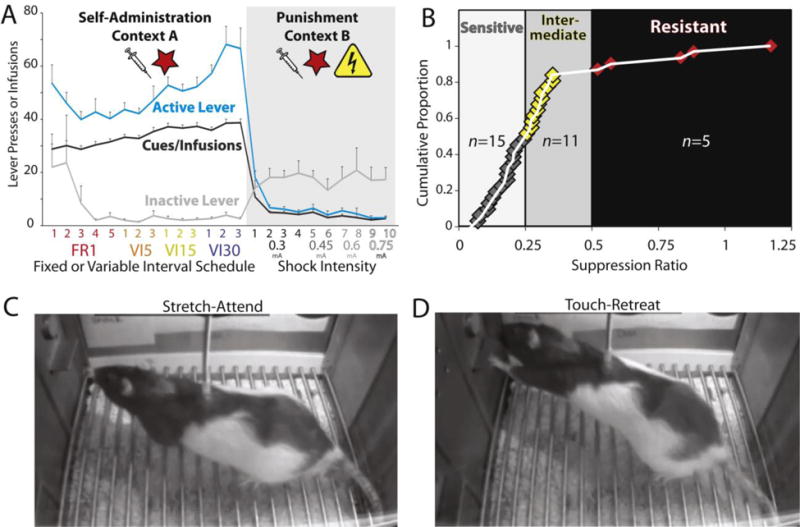Figure 3. Voluntary Abstinence From Cocaine Via Punishment.

A) Cocaine self-administration behavior in Context A, followed by suppression of cocaine seeking in Context B, where lever presses yield cocaine and cues, but also shock on 50% of trials. Shock intensity was increased from 0.3-0.75mA over subsequent punishment training, until all rats voluntarily ceased pressing. B) During the punishment phase in Context B, rats varied in their sensitivity to shock for suppressing cocaine self-administration. Suppression ratio is defined as the decrease in pressing on punishment day 1, relative to infusions self-administered on the last day of unpunished self-administration [infusions on punishment day 1/infusions on last self-administration day; Y-axis indicates cumulative proportion of sampled rats, with 1 indicating 100% of tested rats (Pelloux, et al 2007)]. Most rats showed high (n=15) or intermediate (n=11) sensitivity to shock, while 16% (n=5) were resistant to punishment in this sample. During the punishment phase, rats showed putative indices of mixed motivational states, namely C) stretch-attend, and D) touch-retreat behaviors.
